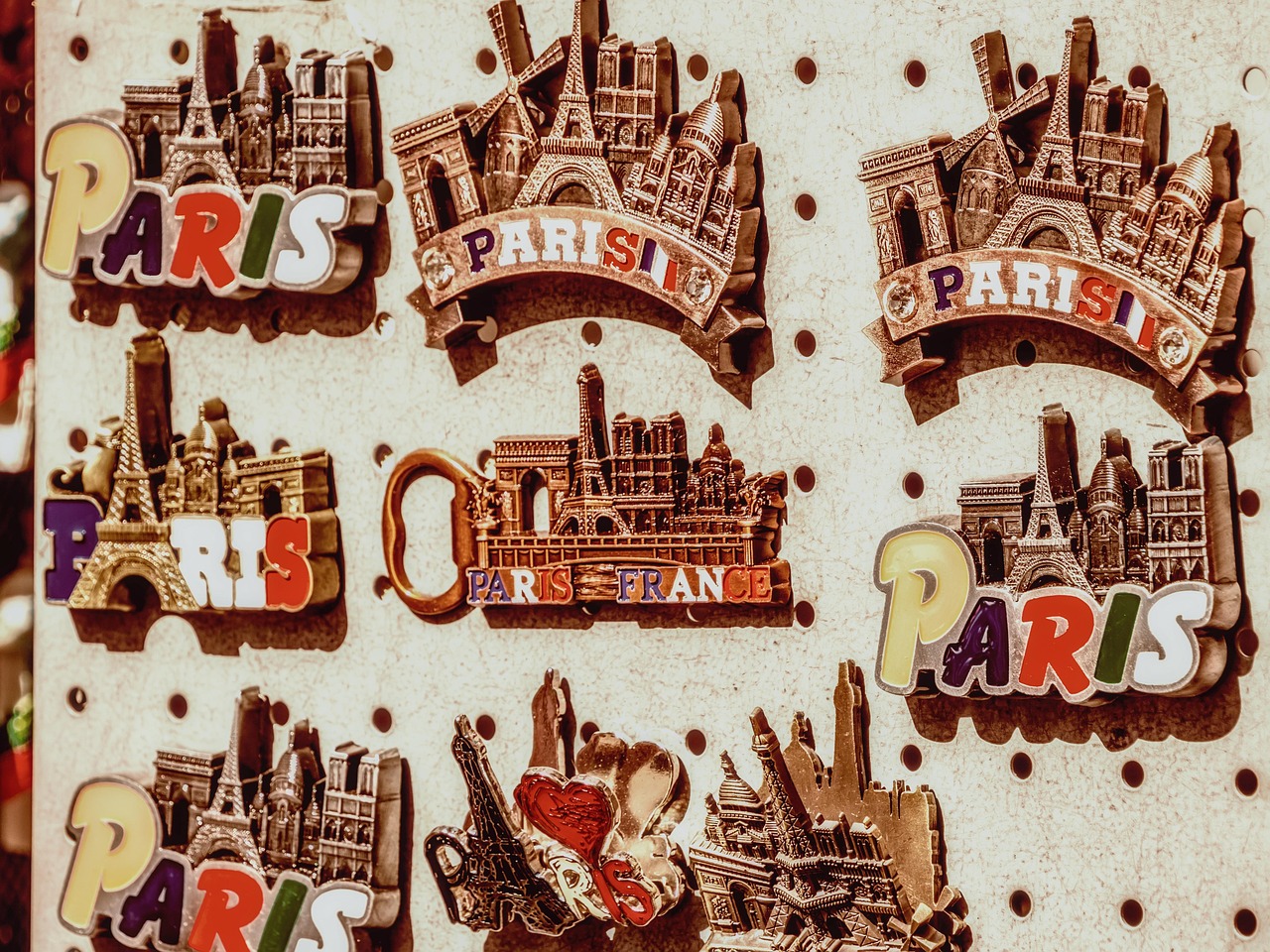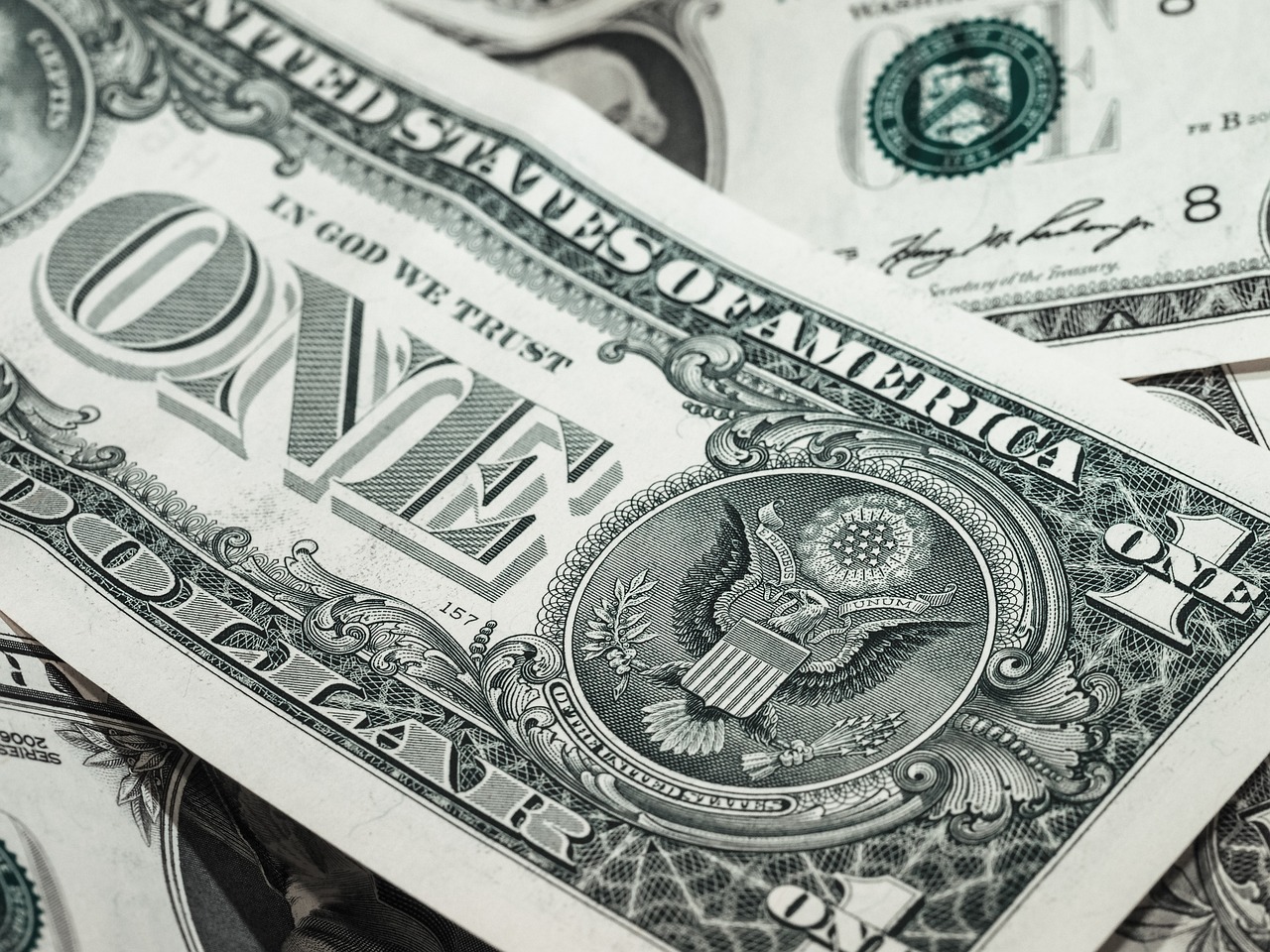
Costly Signaling Explains Billboard Effectiveness
Billboard advertising remains relevant today because of the behavioral science principle called costly signaling, which shows that people value messages more when they perceive a higher expense behind them. Unlike social media ads that are inexpensive and widely accessible, billboards require significant investment, making them a strong signal of quality or status. This perceived cost increases the effectiveness of billboard ads by boosting the audience’s valuation of the message.
Costly Signaling Defined With Real World Evidence
Costly signaling theory states that higher costs invested in an action or message lead observers to assign greater meaning or value to it. Crucially, this applies to perceived cost, meaning people must interpret the expense as genuine and relevant. A 2013 study in Mauritius during the Hindu festival Thaipusam showed that participants who engaged in painful, high-effort rituals inspired 65% larger donations (132 rupees versus 80 rupees) compared to low-effort rituals. This illustrates how visible effort and expense can increase perceived value and social response.

Experiment Shows Billboards Boost Engagement By 61 Percent
An experiment with 200 British participants tested how costly signaling affects podcast ad engagement. Half saw a simple ad, while the other half saw the same ad displayed on a billboard. The billboard version, signaling higher expense, increased the likelihood of listeners tuning in by 61 percent. This quantitative evidence confirms costly signaling’s impact on advertising effectiveness, emphasizing that the perception of investment drives audience response beyond the ad content itself.

Netflix Uses Large Scale Billboards To Showcase Value
Netflix’s viral billboard campaign exemplifies costly signaling by using a giant mural listing 1, 000 new shows. This large, complex billboard demonstrates significant creative and financial investment, which elevates the viewers’ perception of Netflix’s offering. The scale and detail implicitly communicate the company’s commitment, making the ad more persuasive than a simple billboard would. This case shows that leveraging billboard space innovatively maximizes the costly signal effect.

Dracula Billboard Creates Lasting Impact With Creativity
In 2021, a BBC billboard for the show Dracula featured dozens of knives stabbed into the poster, casting a dramatic shadow at night that formed Dracula’s silhouette. This highly creative and labor-intensive design conveyed substantial effort and expense, making the ad unforgettable. The artistic investment triggered curiosity and engagement, illustrating how novel, high-cost billboards harness costly signaling to generate viral impact and stronger brand recall.

Specsavers Uses Intentional Mistakes To Boost Recall
Specsavers’ billboard campaign cleverly embodies its slogan “Should have gone to Specsavers” by intentionally displaying errors. The humor and visible mistakes signal a creative and costly effort to embody the product’s message. This approach makes the billboard memorable and relatable, effectively using costly signaling by showing rather than telling why customers need their service. The campaign demonstrates that embedding brand essence creatively can enhance perceived value and audience connection.
High Expense Leads To Higher Return On Investment
Behavioral science confirms that ads perceived as costly generate more value and customer response. Although viral billboards require substantial creativity and financial investment, the higher cost signals quality and effort, increasing audience engagement and spending likelihood. Marketers should therefore invest boldly in billboard design and placement, as the expense correlates positively with message impact and returns. The data-driven takeaway is clear: the cost of billboard advertising is justified by the measurable boost in effectiveness.
